Why Cachaça Matters: A Novo Fogo Webinar Series
Want to deepen your knowledge about cachaça, Brazil’s national spirit? No plane tickets are necessary — you don’t even have to put on your pants. Join us for our three-part webinar series with Novo Fogo’s CEO, Dragos Axinte. Throughout the...

